Porous Catalytic Converter CFD Simulation, ANSYS Fluent Training
Porous Catalytic Converter CFD Simulation, ANSYS Fluent Training
- Upon ordering this product, you will be provided with a geometry file, a mesh file, and an in-depth Training Video that offers a step-by-step training on the simulation process.
- For any more inquiries regarding the product, please do not hesitate to reach out to us at info@CFDLAND.com or through our online support assistant.
€145 Original price was: €145.€95Current price is: €95.
Porous catalytic converters are high-tech elements that are used in car exhaust systems to reduce pollution. They comprise a porous base that is usually made of metal or ceramic and is covered in valuable metals like platinum, palladium, and rhodium. As catalysts, these metals speed up chemical processes that change harmful gases like carbon monoxide (CO), nitrogen oxides (NOx), and hydrocarbons (HC) into safer ones like water (H2O), carbon dioxide (CO2), and nitrogen (N2). Because the substrate is porous, there is more surface area for these processes, which makes the converter work better. As the exhaust gases move through the converter, they come into touch with the surfaces coated with catalysts. This is where oxidation and reduction reactions change the pollutants. This process lowers the amount of harmful gases the car releases into the air, which has a big positive effect on the environment. To avoiding the chemical reactions, we focus on the hydrodynamics of porous catalytic converters in the present study by means of ANSYS Fluent.

Figure 1: Catalytic Converter Outline – Ref: https://www.carboncleaningmachine.com/cleaning-catalytic-converter
Simulation Process
The catalytic converter is initially designed using Design Modeler. It is then discretized into 34580 hexagonal cells (structured grid). The project outline represents the installation of a porous substrate inside the converter. Adoption of the proper value of viscous and inertial resistance means the permeability of our substrate, so it is essential. The equilibrium heat transfer inside the porous zone leads the thermal mode.

Post-processing
With a velocity range from 0 to 187.7 m/s, the velocity contour plot shows a complicated flow pattern inside the converter. The inlet and outlet have the fastest speeds, reaching up to 187.7 m/s. The middle porous zone, on the other hand, has slower speeds, which shows that the porous structure is preventing flow. This speed distribution is important for the converter to work correctly because it makes sure that exhaust gases have enough time to stay in the catalytic area while still allowing enough flow. The temperature range on the graph is from 300K to 332K, with the highest temperatures found near the converter’s walls. This difference in temperature is important for starting and keeping the catalytic processes going since most catalysts need high temperatures to work well. The relatively even temperature distribution in the central area shows that the equilibrium heat transfer within the porous zone is very important for keeping the thermal mode needed for the best catalytic activity. Nevertheless, this turbulence depicted in TKE contour helps the catalytic process because it makes mixing better and increases the touch between the exhaust gases and the catalyst surface.


Figure 2: Distribution of a) Velocity b) temperature in the catalytic converter CFD Simulation
We pride ourselves on presenting unique products at CFDLAND. We stand out for our scientific rigor and validity. Our products are not based on guesswork or theoretical assumptions like many others. Instead, most of our products are validated using experimental or numerical data from valued scientific journals. Even if direct validation isn’t possible, we build our models and assumptions on the latest research, typically using reference articles to approximate reality.
Yes, we’ll be here . If you have trouble loading files, having technical problems, or have any questions about how to use our products, our technical support team is here to help.
You can load geometry and mesh files, as well as case and data files, using any version of ANSYS Fluent.
€130 Original price was: €130.€85Current price is: €85.

€245 Original price was: €245.€185Current price is: €185.

€185 Original price was: €185.€135Current price is: €135.

€120 Original price was: €120.€65Current price is: €65.

€280 Original price was: €280.€145Current price is: €145.

€240 Original price was: €240.€135Current price is: €135.














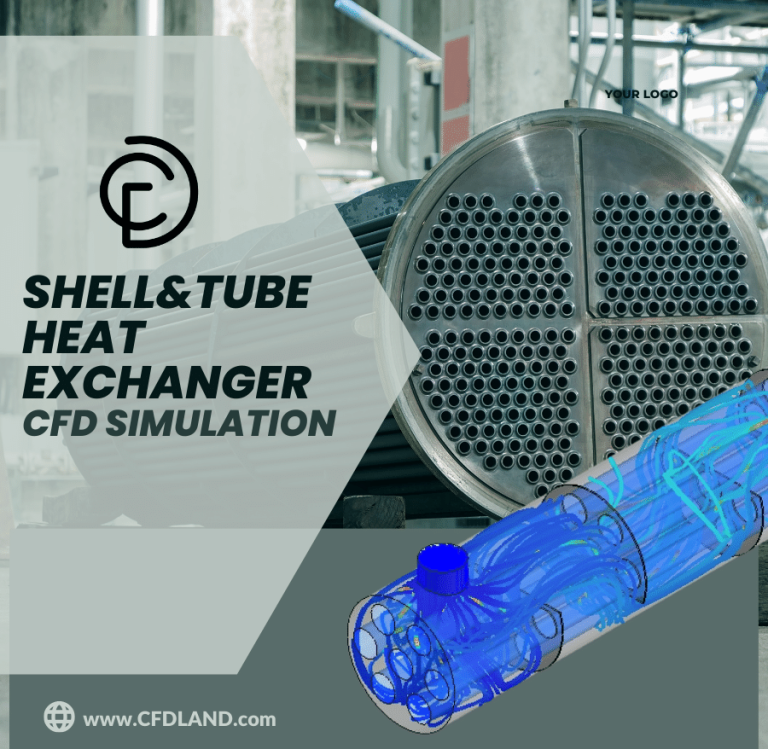
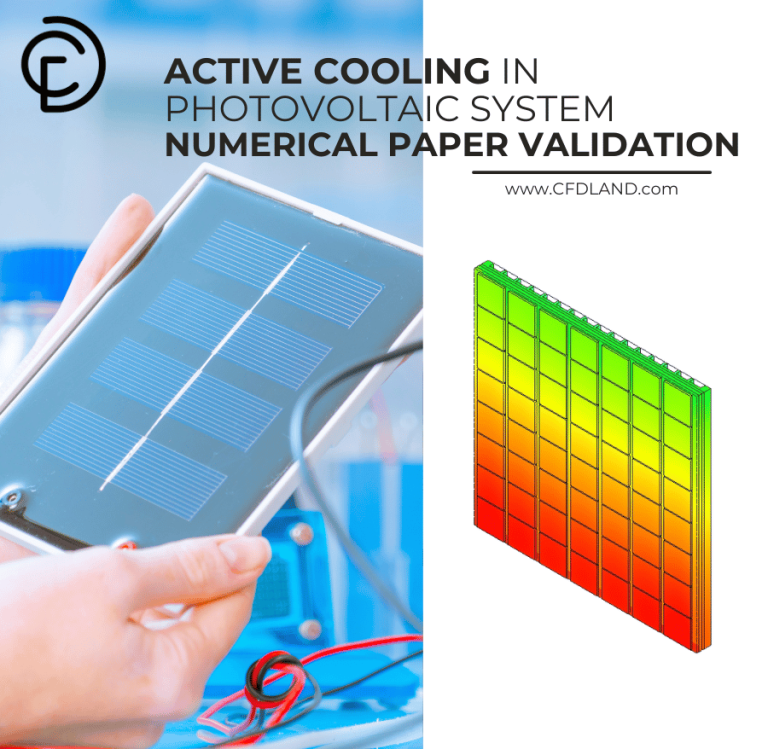
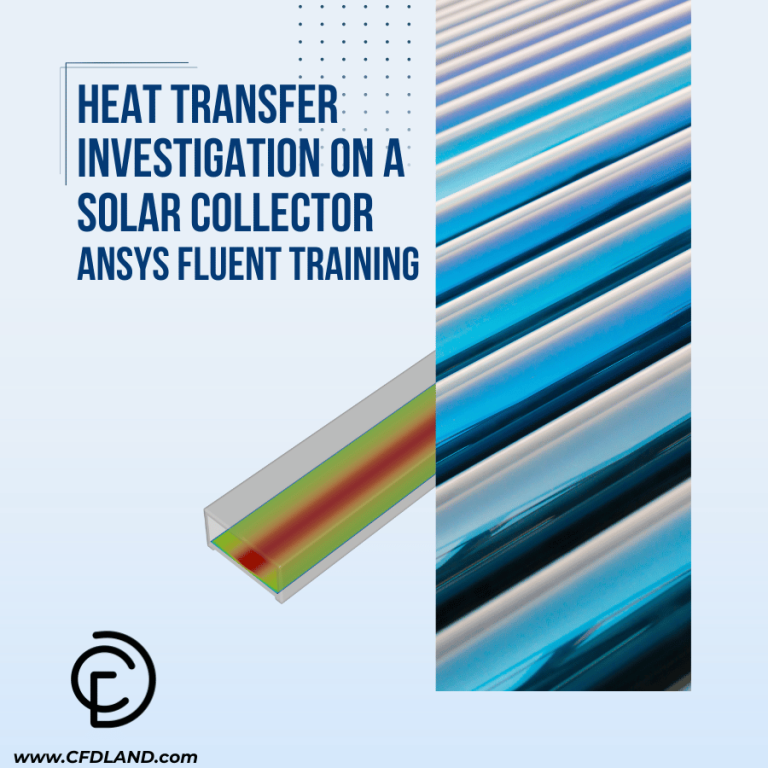

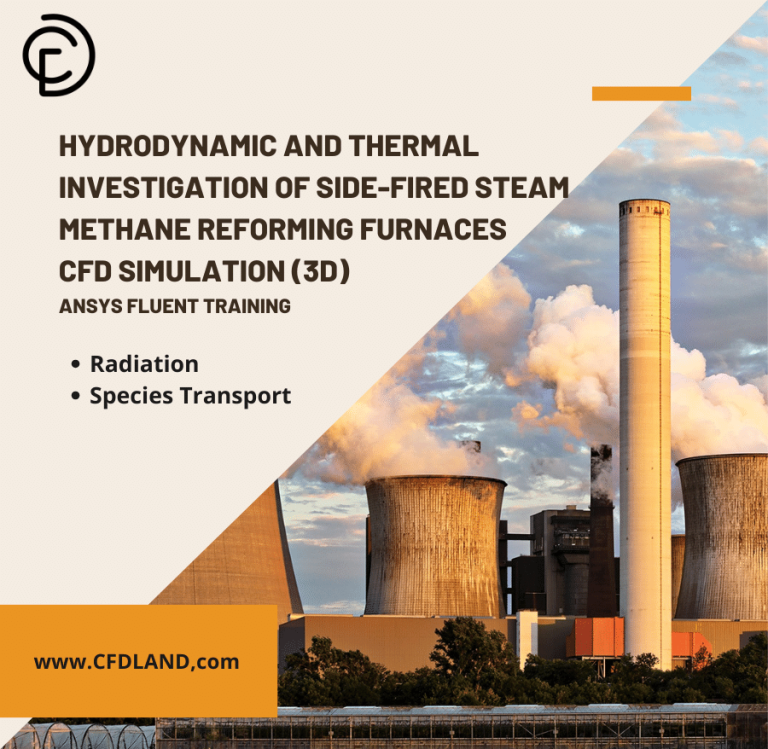
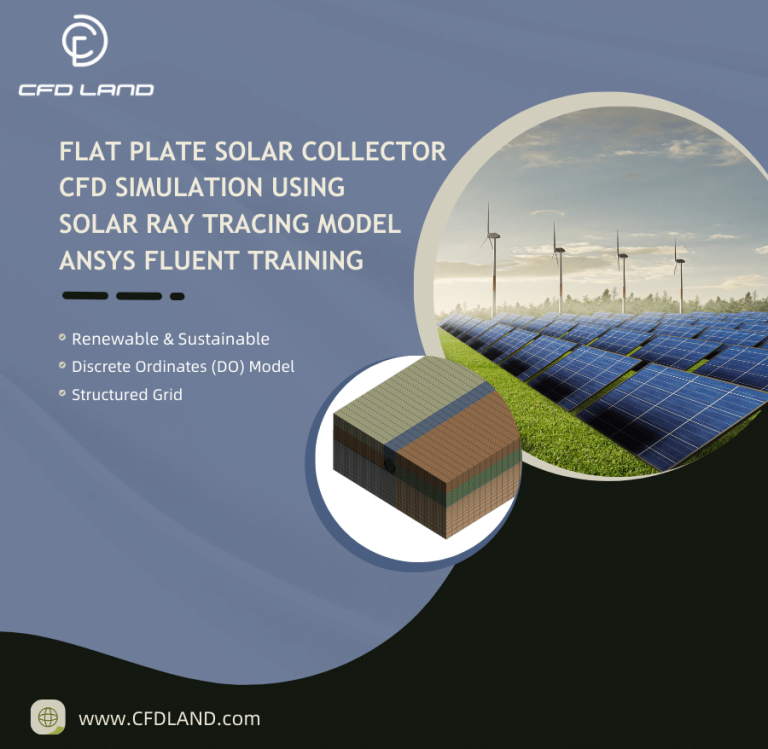
Reviews
There are no reviews yet.